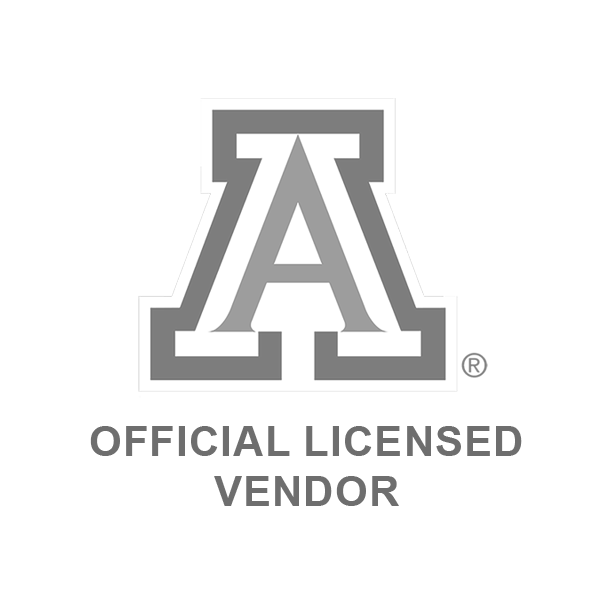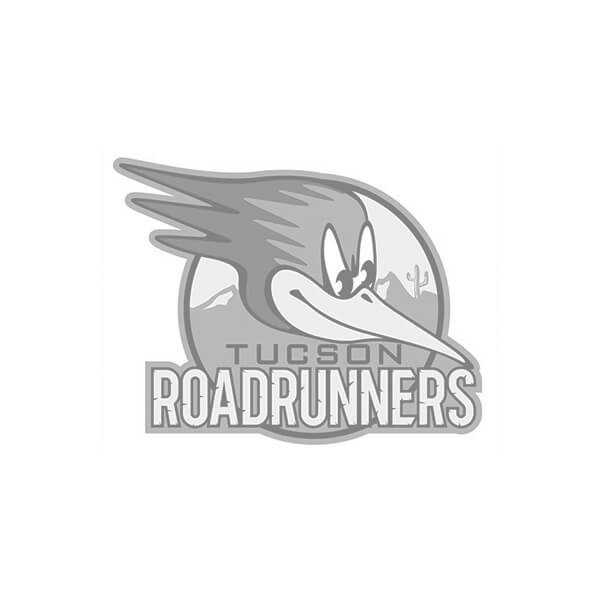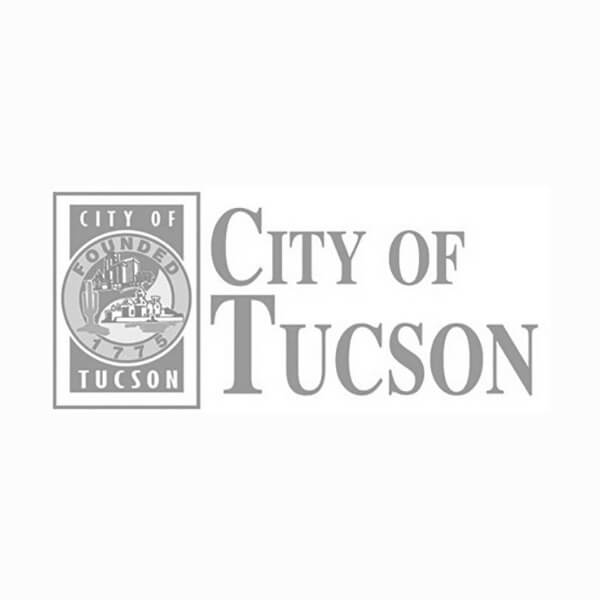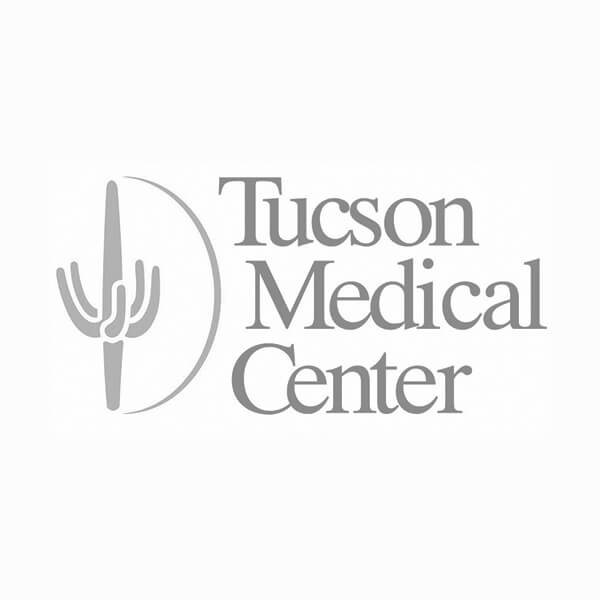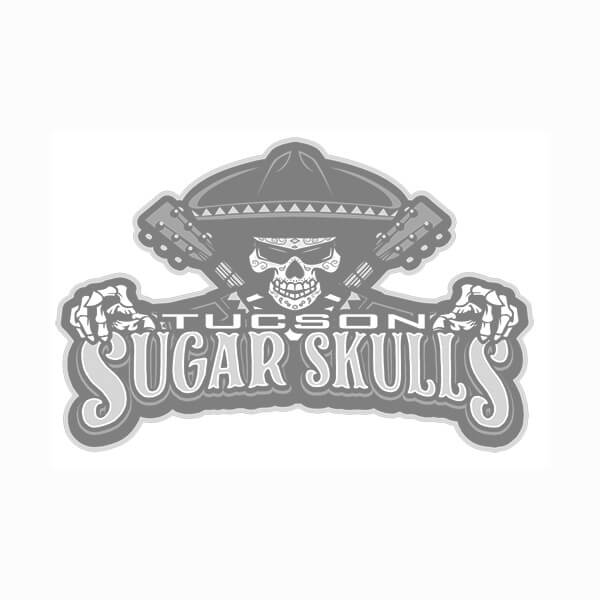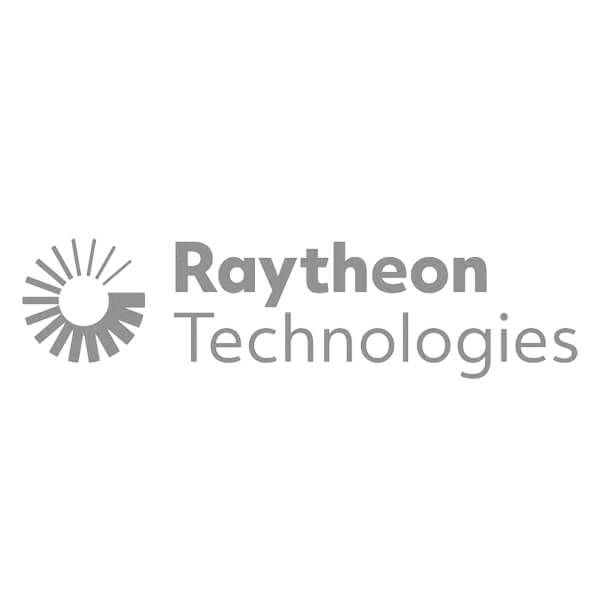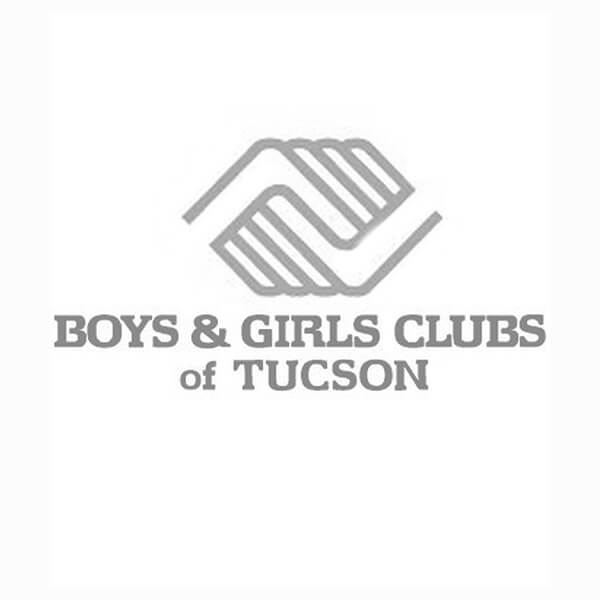GRAPHIC IMPACT
Screen Printing vs. DTG and DTF: Which Apparel Printing Method Is Best?
www.graphic-impact.com
When it comes to customizing apparel, there are several printing methods available—each with its own unique strengths. However, screen printing remains the go-to solution for many businesses, sports teams, schools, and organizations. At Graphic Impact, we offer a full range of garment decoration techniques, and screen printing continues to be one of our most requested services.
In this blog, we’ll break down the advantages of screen printing, and compare it to two other popular printing methods: Direct-to-Garment (DTG) and Direct-to-Film (DTF). Our goal is to help you determine which method best suits your apparel project.
What Is Screen Printing?
Screen printing is a time-tested method that involves pushing ink through a mesh screen onto a garment. Each color requires a separate screen, which makes this process ideal for bold, simple designs with fewer colors. It’s especially effective for printing large quantities of the same design.
At Graphic Impact, we use high-quality inks and state-of-the-art equipment to ensure each print is vibrant, long-lasting, and durable through multiple washes.
Top Benefits of Screen Printing
1. Exceptional Durability
Screen printed designs are known for their long-lasting quality. The ink penetrates deeply into the fabric, creating prints that resist fading, peeling, and cracking—even after dozens of wash cycles. This makes screen printing ideal for uniforms, team jerseys, and promotional apparel that’s built to last.
2. Bold and Vibrant Colors
One of the biggest advantages of screen printing is its ability to produce bright, vibrant colors—especially on dark fabrics. The ink used in screen printing is thicker than that used in DTG or DTF, resulting in bold visuals that pop.
3. Cost-Effective for Bulk Orders
While screen printing requires more setup than digital methods, it becomes highly economical for large orders. The more garments you print, the lower the cost per piece. This makes screen printing the perfect choice for schools, sports teams, events, and businesses ordering in bulk.
4. Versatility Across Apparel Types
Screen printing works on a wide variety of fabrics and apparel styles—including cotton, polyester blends, sweatshirts, hoodies, and more. At Graphic Impact, we ensure consistent quality across all garments, from T-shirts to athletic wear.
5. Sharp, Crisp Lines for Logos and Text
If your design features clean lines, bold text, or simple graphics, screen printing provides unmatched clarity. It’s a favorite for corporate logos, event branding, and university apparel where precision matters.
How Does Screen Printing Compare to DTG and DTF?
Direct-to-Garment (DTG) Printing
DTG is a modern digital printing process that uses inkjet technology to print directly onto the garment. It's ideal for full-color, photo-realistic designs and small-batch runs.
- Best for: Small orders, intricate full-color artwork, or one-off prints.
- Pros: No setup fees, excellent detail, full CMYK color range.
- Cons: Less durable than screen printing, especially on dark garments. Works best on 100% cotton.
Direct-to-Film (DTF) Printing
DTF involves printing designs onto a special film and then heat pressing them onto garments. It offers vibrant colors, good detail, and flexibility for both cotton and synthetic fabrics.
- Best for: Mixed fabric types, short runs, and detailed designs with color gradients.
- Pros: No pretreatment required, good durability, works on light and dark fabrics.
- Cons: Slightly less soft feel compared to screen or DTG. Not ideal for very large print runs.
When Should You Choose Screen Printing?
Screen printing is your best option when you need:
- High-volume orders with consistent designs
- Bright, vivid colors that stand out
- Long-lasting prints for uniforms or activewear
- A cost-effective solution for large runs
It’s not the best choice for ultra-detailed or photo-quality prints with lots of gradients, or if you only need one or two shirts—those are better suited to DTG or DTF.
Why Choose Graphic Impact for Screen Printing?
At Graphic Impact, we’ve been Tucson’s go-to source for screen printing for over 30 years. We produce everything in-house using the latest technology and premium materials. Our team ensures your prints are vibrant, accurate, and completed on time—whether you need 10 shirts or 10,000.
Need help with artwork? We offer expert design support and file preparation. Already have your design ready? You can upload it directly to our website, or use our online design tool to customize your apparel quickly and easily.
Conclusion: Find the Right Printing Method for Your Project
Choosing the right printing method depends on your artwork, garment type, quantity, and budget. Screen printing offers unbeatable durability, vibrant color, and great value for bulk orders. For smaller quantities or full-color prints, DTG or DTF might be better options.
At Graphic Impact, we’ll help you find the best technique for your specific needs. Contact us today to get started—or design your apparel online in minutes!




